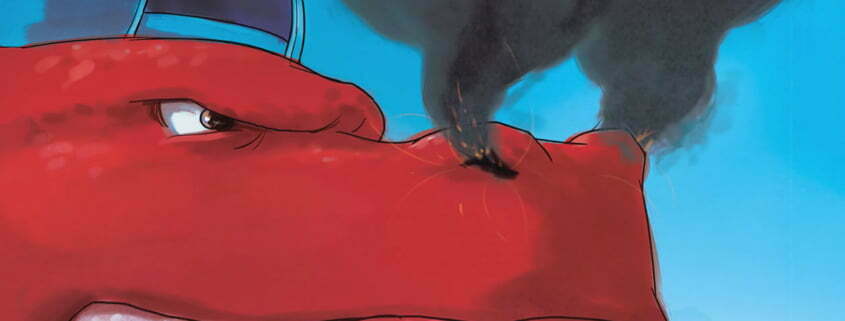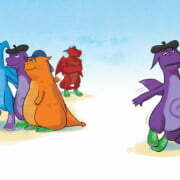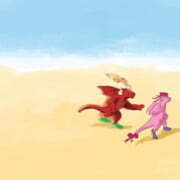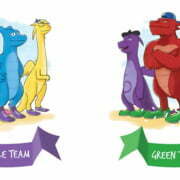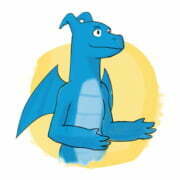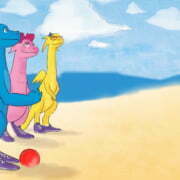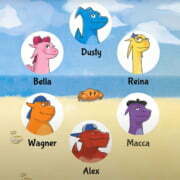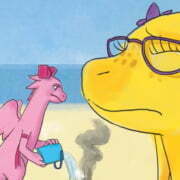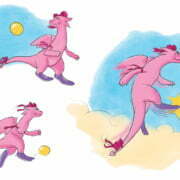Responsibility in Game ON
Game ON is a children’s book created to encourage resilience in our young ones.
Learn about responsibility in Game ON below
Responsible: the child accepts and is given responsibilities, and believed that their actions can make a difference. The child can do things on his or her own and accept the consequences of the behaviour. There is the feeling that what he or she does makes a difference in how things develop and the child accepts that responsibility. The child understands the limits of his or her control over events and recognizes when others are responsible.
One of the key components in the GRP is enabling children to be responsible for decision making and taking responsibility for the consequences of their actions. Coupled with responsibility is the notion of autonomy, which has been described above. When children take responsibility for their actions they demonstrate self-efficacy and this, in turn, builds resilience. When self-efficacy is achieved, the ability of the learner to utilise and coordinate their skills in challenging and changing situations increases, informed by the individual’s confidence. Within Game ON, Alex demonstrates very low resilience attributes by blaming, yelling and projecting his anger onto his friends. However, as the book progresses, Alex, through the process of reflection, understands how this has impacted his friends and finally role models the ability to take responsibility for his actions. This was an important aspect of the book. The ability to be so incredibly mad, and driven by defensive responses, can sometimes inhibit the cognitive appraisal process and reduce the adaptability and awareness required to say sorry through the notions of ego-control and ego-resilience. At the beginning of the book, Alex’s behaviour is in fight or flight, which reduces his awareness and ability to evaluate his behaviour and the effect he is having on his environment. By the end of the book, Alex is finally able to calm down and reflect, with the assistance of his peers, and self-author an apology for his behaviour. This aspect of the book enables children to view Alex as a role model who can take responsibility for his poor actions.
The book teaches the children to take ownership about their own emotions and their own reactions and not to blame others. Like in the book, Alex attempts to blame others for making him angry, well NO! Alex chose his feelings and he was the one who needs to take responsibility for his anger. In terms of the GRP, the children can see that their actions can make a difference and that every action has a consequence either good or bad, so the children can choose to either join in with the game or they can choose to be angry and this can spiral out of control. This is the side of taking responsibility which is a key part of both the curriculum and the resilience model. (Year 2 teacher, Round 1)
The ability to empower children with responsibility in regard to decision making and ownership of the associated consequences has significant long-term wellbeing and academic benefits. Empowering people with their health enables people to take ownership and responsibility of their condition, empowering them with the dexterity to have some control or influence over the outcome, thus providing autonomy. When this level of awareness, engagement and empowerment is adopted by a person, they are able to independently take responsible control of their wellbeing.
With resilience it is building empowerment, you know that everyone can make a choice, sometimes we make poor choices and good choices and no matter what our choice there will be consequences to them. This is a great resource for these purposes. (Kindergarten teacher, Round 1)
In most instances the children were able to recognise through Alex’s behaviour that it was imperative to take responsibility for your own actions and, if required, apologise for the behaviour:
Don’t blame others, you need to think about what you are doing when you get angry, and take a few deep breaths and walk way.
I walk away, think about what I did wrong and then take a few deep breaths and get the confidence to come back and say that I am sorry. (Year 2 children, Round 1)
Alex should have said sorry to Reina, he needs to take some responsibility for his behaviour (Year 2 child, Round 2).
Don’t blame others, you need to think about what you are doing when you get angry, and take a few deep breaths and walk way (Year 2 child, Round 2)
I go outside and get some fresh air, I now think that I shouldn’t have such a bad temper. Because getting angry and making choices while I am angry isn’t good. So I try just to walk away and take some time out. (Year 1 child, Round 2)
Observing the children’s responses uncovered that many of the Year 1 and Year 2 children made links about the importance of not blaming others and apologising for poor behaviour as learning strategies from the book, however, these were absent from the Kindergarten dialogue. The question posed in this context was not directly related to extracting this data and, therefore, did not seek to explore understanding directly as part of this phenomenon.
In summary, taking responsibility for personal actions empowers children with the ability to control the outcome and the consequences of the situation. Self-authored approaches to recognise error coupled with the individual’s ability to recognise their role in the situation enhances self-awareness and resilience. Game ON provides the children with an opportunity to observe how we can affect our environment through our behaviour but also role models the ability to build awareness on how we act and take actions to rectify the situation if required through Alex and his peers.

